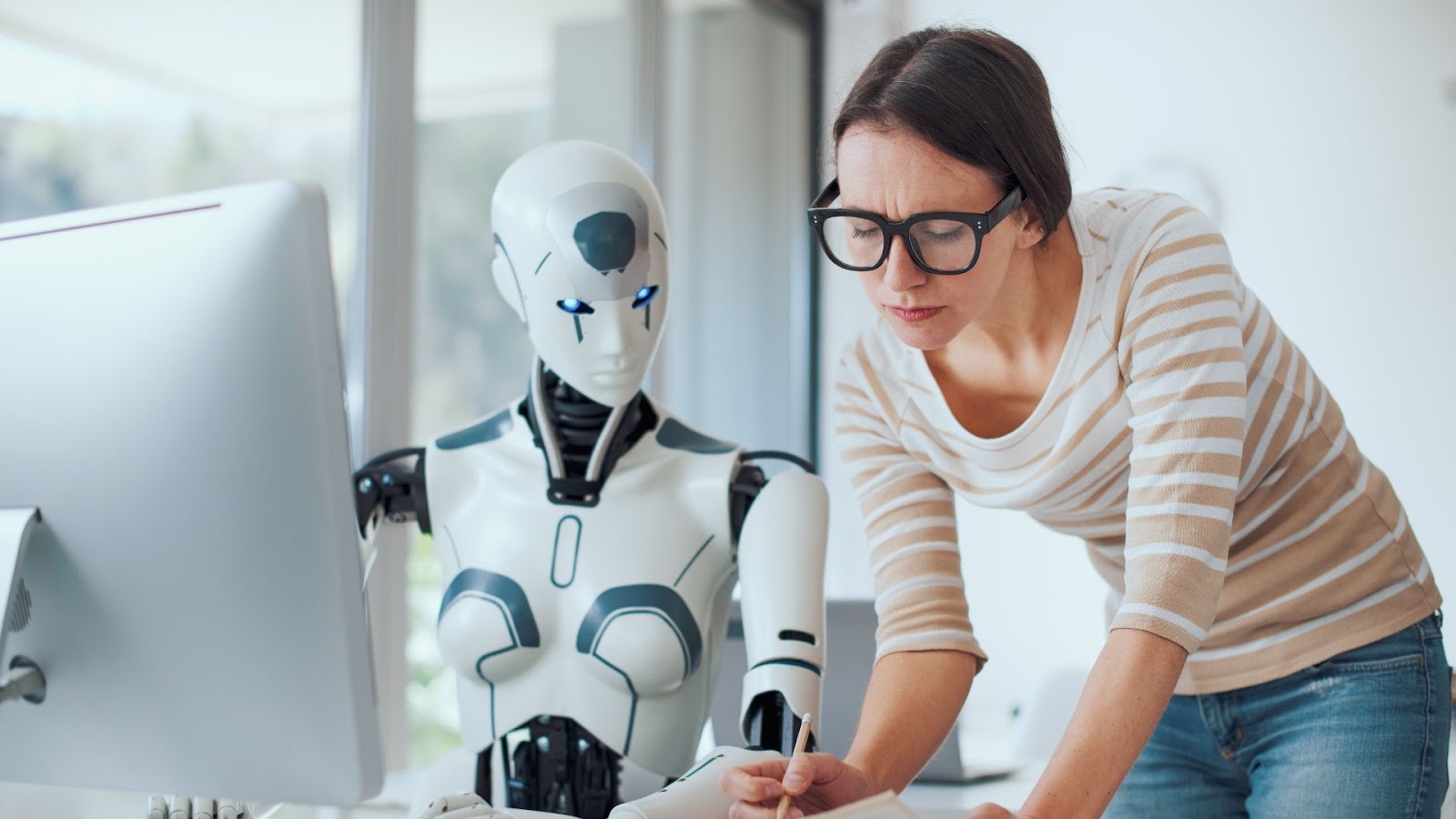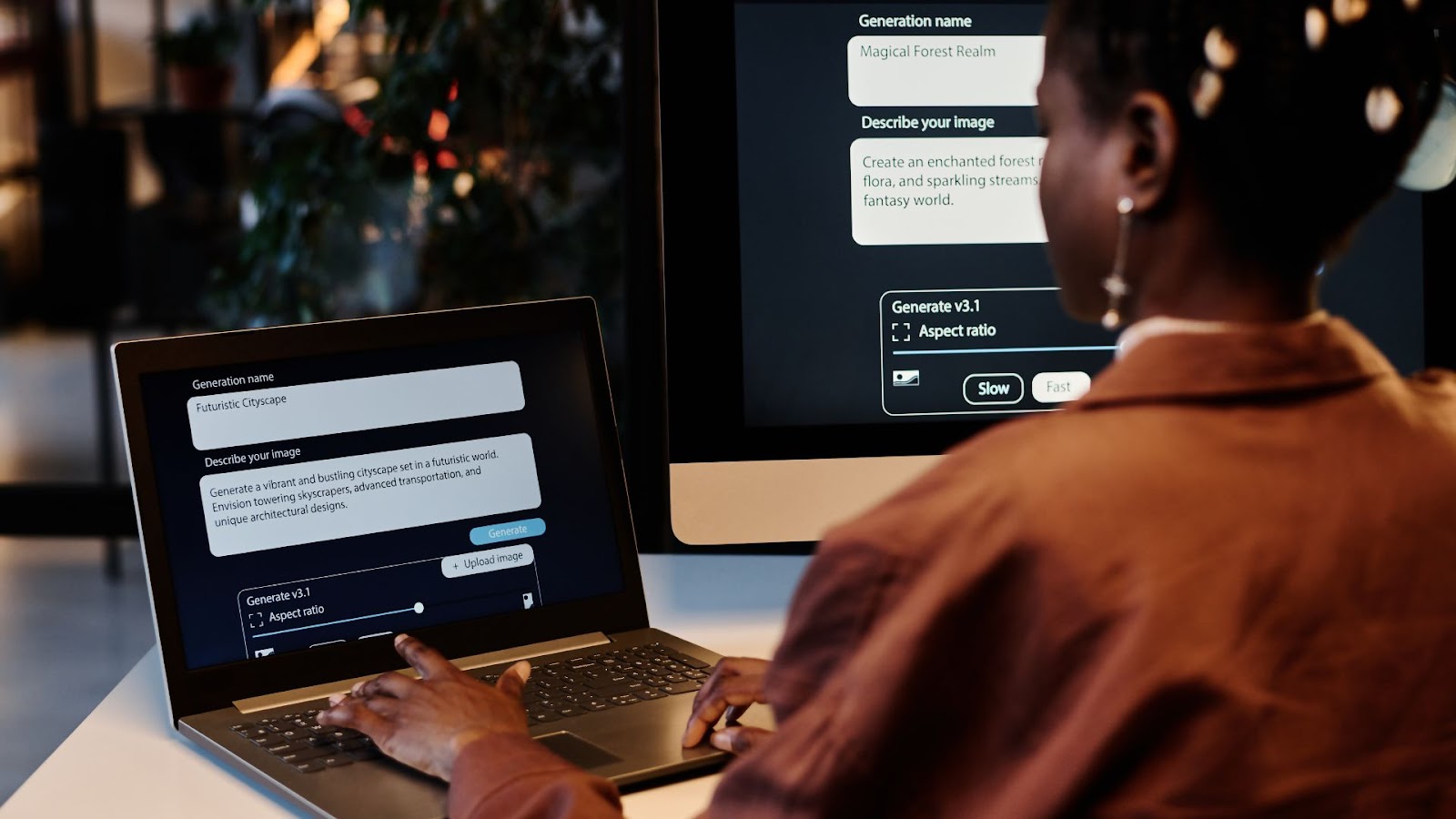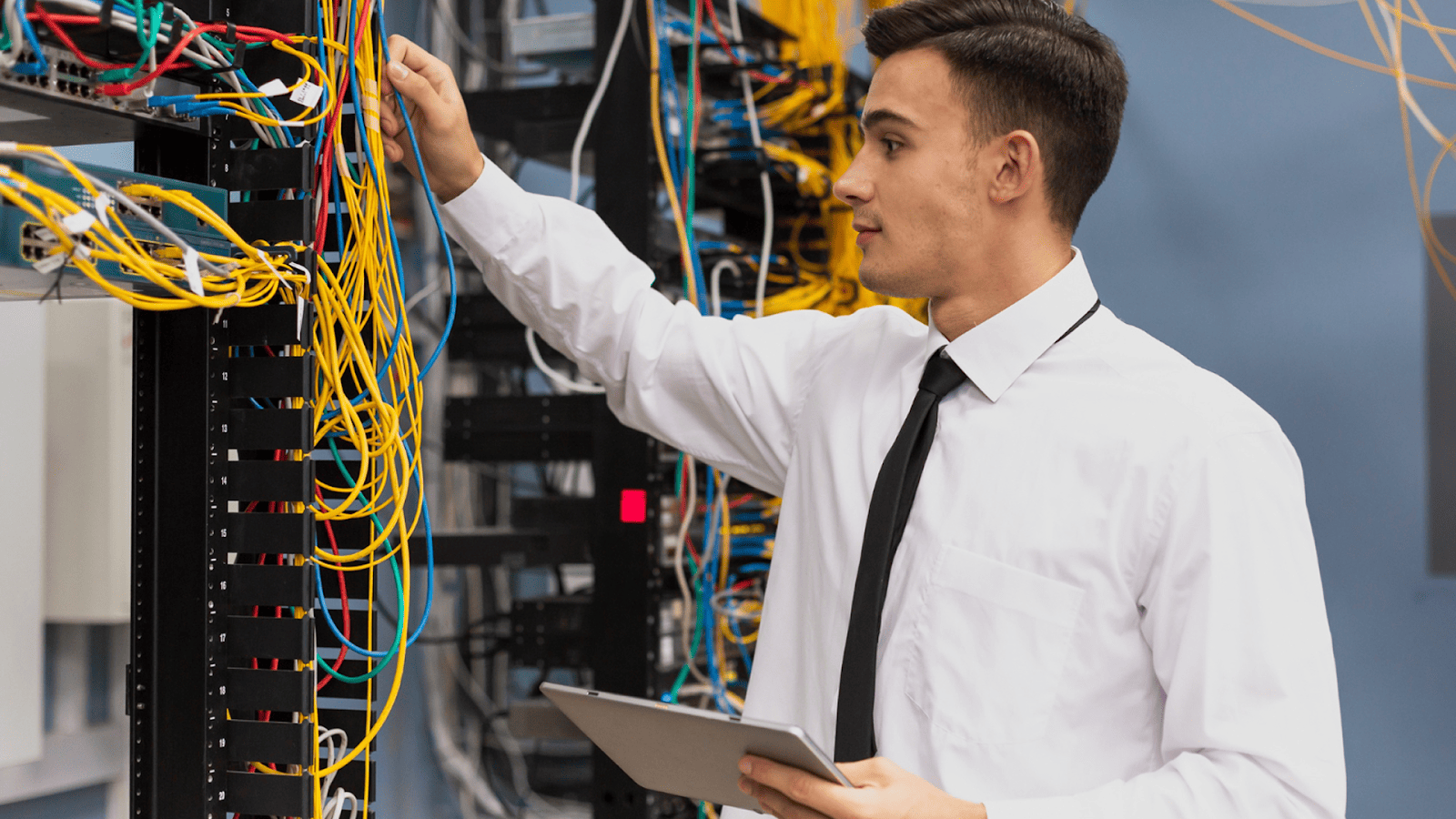In 2025, AI agents have transitioned from experimental tools to integral components of daily business operations. 82% of companies now utilize AI agents, with 53% granting them access to sensitive data and 58% reporting daily interactions with these agents. These autonomous systems are not merely executing predefined tasks; they are actively engaging with external tools, systems, and data sources to perform complex actions on behalf of users.
However, this surge in AI agent adoption has highlighted a significant challenge: the lack of a standardized method for these agents to communicate with diverse external systems. Traditional integration approaches often involve custom coding for each new tool or service, leading to inefficiencies and potential security risks.
To address this, the Model Context Protocol (MCP) has emerged as a standardized framework that enables AI agents to interact with external tools and data sources seamlessly. Introduced by Anthropic, MCP provides a universal interface that facilitates secure, bidirectional communication between AI models and external systems.
This blog aims to demystify MCP by providing a comprehensive overview of its components, benefits, and implementation strategies.
Key Takeaways
- AI agents connect to multiple MCP servers, enabling access to both local and remote tools seamlessly.
- MCP Servers act as smart adapters, translating agent requests into commands the tools can execute.
- MCP Clients handle communication, passing requests and results between AI agents and servers efficiently.
- The standardized MCP Protocol ensures consistent, structured, and secure interactions across all tools.
- Services, whether local apps or cloud-based systems, are accessed reliably through MCP servers, reducing custom integration work.
What is a MCP?
The Model Context Protocol (MCP) is an open standard introduced by Anthropic in November 2024. It provides a universal framework for AI agents to interact with external tools, services, and data sources. Think of it as the USB-C for AI applications, a standardized interface that enables seamless communication between AI models and the systems they interact with.
Why MCP Was Created?
AI agents historically faced challenges in interacting with external systems. MCP was created to address these problems:
- Isolated AI silos: AI models could only access data within their prompts or training, limiting real-world utility.
- Custom integration overload: Connecting each AI application to multiple tools required bespoke coding, creating inefficiencies and brittle connections.
- M×N complexity: Each of M tools needing to be accessible by N AI applications resulted in an exponential integration effort.
- Need for scalability: AI agents require a standardized framework to interact reliably with multiple systems.
- Streamlined development: MCP turns the M×N integration problem into a manageable M+N solution, enabling a single MCP Client to communicate with any MCP Server-compliant tool.
This widespread adoption underscores MCP's role in shaping the future of AI agent interoperability and integration.
Now that we’ve covered what MCP is and why it was created, let’s break it down further by looking at the core elements that make up the standard.
Also Read: 10 Best MCP Servers to Boost Cursor Productivity
Key Elements of the MCP Standard

The Model Context Protocol (MCP) provides a structured framework that ensures AI agents can interact reliably with external tools and services. Understanding its core elements helps developers implement it effectively and make AI applications more scalable and interoperable.
1. Technical Foundations of MCP
MCP is built on a client-server architecture using JSON-RPC 2.0 for communication. This foundation allows AI agents (clients) to request actions or data from external tools (servers) in a standardized and predictable way. MCP defines a common language that includes:
- Capabilities: Actions or services an MCP Server exposes.
- Resources: Data or information available for AI agents.
- Prompts: Standardized instructions the AI can execute or respond to.
This technical base ensures consistency, security, and efficiency across different AI integrations.
2. Seamless Integration with AI Frameworks
MCP is designed to work with multiple AI frameworks without the need for custom adapters. Whether you are building on OpenAI, Microsoft Azure, or Google Gemini, MCP provides a uniform interface that lets AI agents interact with various services, databases, and applications effortlessly. This eliminates redundant coding and ensures cross-platform interoperability.
Adoption by Major Platforms:
Since its introduction, MCP has gained significant traction among leading AI platforms:
- OpenAI: Adopted MCP across its products, including the ChatGPT desktop app and the Agents SDK, to standardize AI tool connectivity.
- Microsoft: Integrated MCP into Azure OpenAI and Microsoft 365, enhancing AI agent capabilities across its ecosystem.
- Google DeepMind: Confirmed support for MCP in its upcoming Gemini models, highlighting its commitment to the protocol.
- Amazon AWS: Implemented MCP to facilitate seamless integration of AI agents with AWS services.
3. Support for Multi-Platform Deployments
MCP is platform-agnostic. It allows AI agents to connect across different environments, including:
- Cloud services (Azure, AWS, GCP)
- Enterprise software (CRMs, ERPs, scheduling tools)
- Custom internal systems
This multi-platform support ensures that AI agents are not limited by the environment they run in and can leverage diverse tools efficiently. To understand how this plays out in practice, let’s take a closer look at the architecture that makes MCP work.
Also Read: How to Use Claude with Notion MCP Integration
How MCP Is Structured: Understanding Its Architecture
The architecture of MCP is designed to allow AI agents to interact seamlessly with a variety of tools and data sources while maintaining a standardized and reliable communication framework. Here’s a clear breakdown of its components and workflow:
The MCP Host
The MCP Host is the AI-powered application itself, such as Claude Desktop, an IDE, or another AI agent. The host connects to multiple MCP Servers, each of which exposes a specific tool or resource.
- Some servers access local resources, like files or databases on your device.
- Others reach remote resources, including APIs or cloud services.
All communication between the host and servers follows the MCP Protocol, ensuring compatibility and structured responses across tools and platforms.
MCP Servers
An MCP Server acts like a smart adapter for a specific tool. It takes requests from the AI and translates them into commands that the tool can understand.
Examples:
- A GitHub MCP server can convert a request like “list my open pull requests” into an API call.
- A File MCP server can save a summary as a text file on your computer.
- A YouTube MCP server can transcribe video content on demand.
MCP Servers also:
- Advertise the tools and actions they can perform (tool discovery)
- Execute commands
- Format results in a way the AI can understand
- Handle errors and provide meaningful feedback
MCP Clients
An MCP Client lives inside the AI application. It is the bridge that lets the AI interact with the servers.
Examples:
- Cursor might use a client to access your local development environment.
- Claude could use a client to read from files or spreadsheets.
The client manages all communication, sending requests to the server, receiving results, and passing them to the AI.
The MCP Protocol
The MCP Protocol defines how clients and servers communicate. It specifies the structure of messages, how actions are requested, and how results are returned.
- It works both locally (between AI and apps on your computer) and remotely (over the internet to cloud tools).
- It uses structured formats like JSON to keep communication clean and consistent.
Because of this shared protocol, an AI agent can interact with a new tool, even one it has never used before and understand how to operate it. With this structure in place, it’s easier to understand how MCP enables real-time communication between an AI agent and a server.
Also Read:
How MCP Works?

MCP is designed to simplify the way AI agents interact with external tools, relying on JSON-RPC 2.0 as its communication backbone. This protocol is widely supported across programming languages, making it relatively easy to implement MCP clients and servers. The process ensures AI agents can seamlessly discover and use tools, without requiring complex custom integrations.
Here’s an overview of how MCP facilitates these interactions:
1. Initial Connection and Capability Check
When an AI application (the Host Process) wants to use MCP, it first establishes a connection with one or more MCP servers. During this handshake, the client and server exchange information about protocol versions and supported capabilities. Essentially, the client asks, “Which tools, data sources, or prompts can you provide?” and the server responds with a structured list of available actions and resources. This step ensures both sides are aligned and ready to communicate effectively.
2. Context Preparation for the AI Agent
Once the server’s capabilities are identified, the AI application presents these options to the AI model in a format it can understand. For instance, the tool list might be mapped to the model’s function-calling API or annotated with descriptions, allowing the AI to comprehend what each tool does. The model effectively gains an extended skill set, enabling it to take advantage of external systems during interactions.
3. AI Decision and Tool Execution
When the AI determines that a task requires an external tool such as retrieving open issues from a GitHub repository, the Host Process uses the MCP client to send a request to the corresponding MCP server. The server then executes the requested action, whether it’s querying an API, fetching data, or performing an automated operation.
4. Returning Results to the AI
The MCP server completes the task and sends the response back through the MCP client to the AI model. The AI can then incorporate this data into its answer or next action, providing the user with a seamless, real-time interaction.
With MCP’s structure in mind, the next step is to explore how AI agents and MCP servers communicate in practice, and why this design is crucial for long-running tasks.
Why MCP Is Essential for Long-Running AI Agents?
Long-running AI agents are designed to operate over hours, days, or even indefinitely. Unlike a single question-and-answer interaction, these agents can manage entire workflows, such as handling an email inbox autonomously, monitoring and improving a code repository, or managing an online shopping process. To perform these tasks effectively, agents need persistent context, memory, and access to multiple tools. MCP provides the underlying structure that makes this possible in a scalable and reliable way.
Seamless Coordination Across Multiple Tools
Long-running agents often need to use several tools in sequence or simultaneously. For example, a sales agent might check a CRM, send emails, and update a spreadsheet as part of one workflow. MCP allows an agent to connect to multiple servers at once and access all their functions together. It also supports dynamic discovery of new capabilities when a tool updates, making it easier for agents to handle multi-step, multi-tool tasks over time.
Maintaining Context and State
Persistent context is vital for long-running agents. While MCP does not store state directly, it ensures consistent connections, allowing agents to maintain ongoing sessions. For instance, a remote MCP server can retain context between requests, so an agent can continue working with prior results or open transactions. Platforms like Cloudflare’s Durable Objects provide stateful processes that MCP can plug into, giving agents a continuous, memory-aware workflow.
Reusable and Standardized Integrations
MCP allows developers to build an integration once and use it across multiple agents and applications. This reduces redundant work and minimizes errors. Hundreds of MCP servers already exist for tools like GitHub, Slack, Google Drive, and Stripe. Developers building long-running agents can leverage this existing ecosystem, speeding up development and making complex orchestration feasible without reinventing the wheel.
Cross-Platform Support
Being open-source and vendor-neutral, MCP is not tied to any single platform. OpenAI, Replit, Cursor, GitHub Copilot X, and many others are adopting MCP. This broad adoption enables agents to operate across different platforms and environments without compatibility issues. For long-lived agents, this portability is crucial, allowing them to interact with tools hosted locally, in the cloud, or on other developers’ servers.
Optimized for Agent Workloads
MCP was designed specifically with AI agents in mind. Implementations like Cloudflare’s use efficient communication methods that keep sessions active while minimizing resource usage. Idle agent sessions can hibernate and resume without breaking the connection, allowing agents to operate for long periods cost-effectively. With low-cost stateful storage and compute, developers can maintain long-running agents that orchestrate tasks reliably using MCP.
Now that we’ve seen why MCP is becoming the backbone for long-running AI agents, let’s look at how developers and teams can actually put this standard into practice.
How to Implement the MCP Standard?
Adopting MCP in your AI projects can streamline tool integrations, improve scalability, and reduce development effort. Here’s a practical guide to getting started:
1. Start with an MCP Client
The MCP Client is the bridge between your AI application and the external tools it needs to use.
- Integrate an MCP Client into your AI application or agent.
- Ensure it can discover MCP Servers and understand their capabilities.
- Map the server capabilities to your AI model’s function-calling interface so the model can utilize external tools seamlessly.
2. Connect to MCP Servers
MCP Servers expose tools and data that your AI agent can use.
- Identify which tools your agent needs (local or cloud-based).
- Connect your MCP Client to one or more MCP Servers.
- Test the handshake and verify that your client correctly receives the list of available actions, data endpoints, and prompts.
3. Design Workflows Around MCP
Once your AI can communicate with MCP Servers:
- Chain multiple tools for complex tasks. For example, an agent could read a database entry, update a spreadsheet, and send a summary email.
- Take advantage of automatic tool discovery. If a tool adds new features, the agent can access them without extra coding.
- Use the standardized protocol to keep interactions consistent and predictable.
4. Handle State and Persistence
For long-running agents:
- Keep connections open where possible to maintain continuity.
- Store intermediate results or context in a separate system if needed, using MCP to pass updates between the AI and the tools.
- Platforms like Cloudflare’s Durable Objects or similar stateful services can help maintain a persistent agent session.
5. Make Use of the Existing MCP Ecosystem
The MCP ecosystem is growing fast. Developers have built servers for services like GitHub, Slack, Google Drive, and Stripe.
- Use existing MCP Servers to save time and reduce bugs.
- Reuse integrations across multiple agents or projects, avoiding the need to reinvent the wheel for each new tool.
6. Test and Iterate
- Test the end-to-end workflow of your AI agent with connected tools.
- Monitor performance and error handling.
- Iterate to ensure reliability, especially for multi-step, long-running tasks.
Wrapping Up
The Model Context Protocol (MCP) is shaping the way AI agents interact with external tools and services. By providing a standardized framework, it solves the complexity of integrating multiple tools, enabling AI applications to work smarter, faster, and more reliably.
From simplifying multi-tool workflows to supporting long-running, stateful agents, MCP creates a scalable and interoperable ecosystem. Developers can connect once and access a growing library of MCP-compliant tools, reducing custom integration work and accelerating innovation.
As AI continues to expand into real-world applications, from scheduling and collaboration to data analysis and automation, MCP is becoming an essential foundation for building production-ready, adaptable, and intelligent AI agents.
With MCP, the future of AI is not just about answering questions; it’s about taking action, connecting systems, and creating seamless experiences.
FAQs
1. What types of AI applications benefit most from MCP?
MCP is ideal for AI agents that need to interact with multiple external tools, such as scheduling assistants, coding agents, data analysis bots, or any AI that performs long-running, multi-step workflows.
2. Is MCP limited to cloud-based tools, or can it work with local applications too?
MCP works with both local and cloud-based tools. AI agents can connect to files, databases, or apps on a user’s device, as well as APIs and services hosted online.
3. Do I need to modify my AI model to use MCP?
No major changes to the AI model itself are required. MCP clients handle communication with servers, while the model interacts with the tools through a standardized interface, making integration straightforward.
4. How secure is the communication between AI agents and MCP servers?
MCP uses structured protocols and supports secure connections. Each server can enforce authentication and access controls, ensuring that only authorized requests are executed.
5. Can MCP handle updates or new tools without rewriting existing integrations?
Yes. One of MCP’s key advantages is its dynamic discovery. When a tool adds new features or capabilities, agents can access them without rewriting the client-server integration, making workflows more flexible and future-proof.


.gif)
.png)



